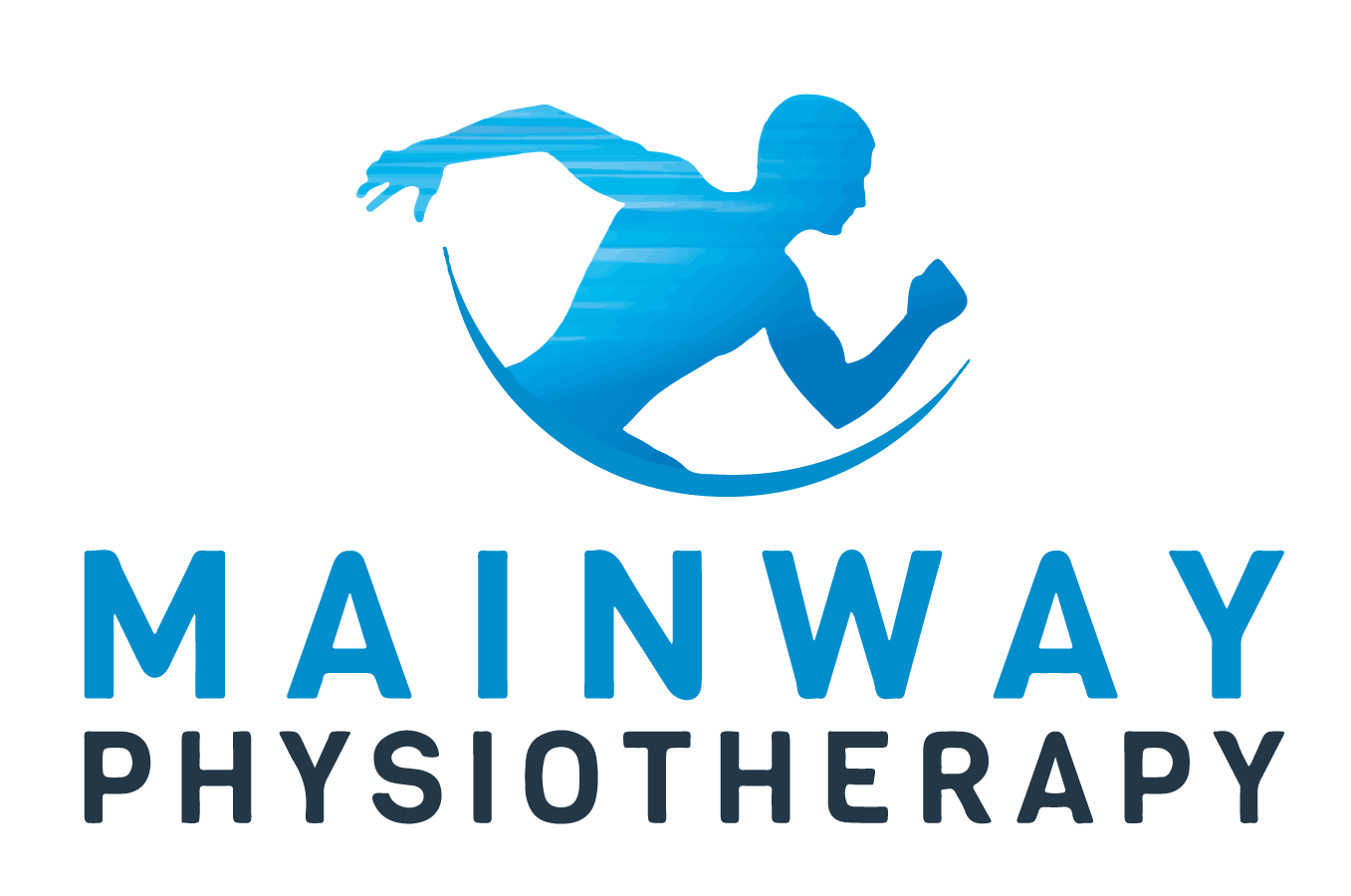What's The Difference Between Physiotherapy & Osteopathy?
Physiotherapy:
Physiotherapy is a health care profession that deals with preventing, assessing, diagnosing and treating pain and movement dysfunctions that impair normal function usually in a more specific area. Physiotherapists use modalities and techniques that include ultrasound, laser, manual therapy, stimulation biofeedback, magnetic fields and hydrotherapy (hot and cold), and acupuncture. In physiotherapy, hands on therapies are often used to manipulate the joints, stretch the problem muscles (soft tissue), mobilize neural tissues.
Typically, as physiotherapists, we are looking to decrease pain, inflammation and increase circulation. In addition, physiotherapists attempt to reduce reliance on medication whatever the ailment might be. What's important is that the goal of physiotherapy is to increase function of a demobilized area and resume activity without the assistance of ongoing physiotherapy.
In Canada, a Physiotherapist must have a minimum of a Bachelor of Science in Physiotherapy and be licensed to practice in their Province. At Mainway Physiotherapy, many of our therapists are also CAMPT CERTIFIED
Osteopathy:
Both physiotherapy and osteopathy professionals share the goal of treating the patient as often as possible without the use of medication. The goal of Osteopathy is to treat the whole person, the cause of the problem (Physiotherapy), not just the symptoms.
Osteopathy also uses special manual techniques. In the case of Osetopaths, as you can imagine they try to assess for movement and health in all of the systems of the body as their overall belief that all systems are related. To some extent, physiotherapists see correlation of injury in one area being related to another part of the body, but not to the extent of an osteopath. The osteopath feels that when few limitations exist in the systems of the body, the body has an incredible ability to heal itself.
Osteopathic techniques include but are not limited to: cranial osteopathy, joint (osteoarticular) mobilizations, myofascial release, visceral (internal organ) mobilization, counter-strain and muscle energy.
Osteopathy can be helpful in treating many health related problems and an extensive education is required. Osteopathic medical education requires 4 years of full-time, comprehensive, and complete medical education.
People often seek out Osteopathic treatment when other forms of therapy have not achieved the desired results and their condition has become chronic.
At Mainway Physiotherapy, we focus on physiotherapy techniques such as integrative manual therapy, chiropractic and sports rehab.

